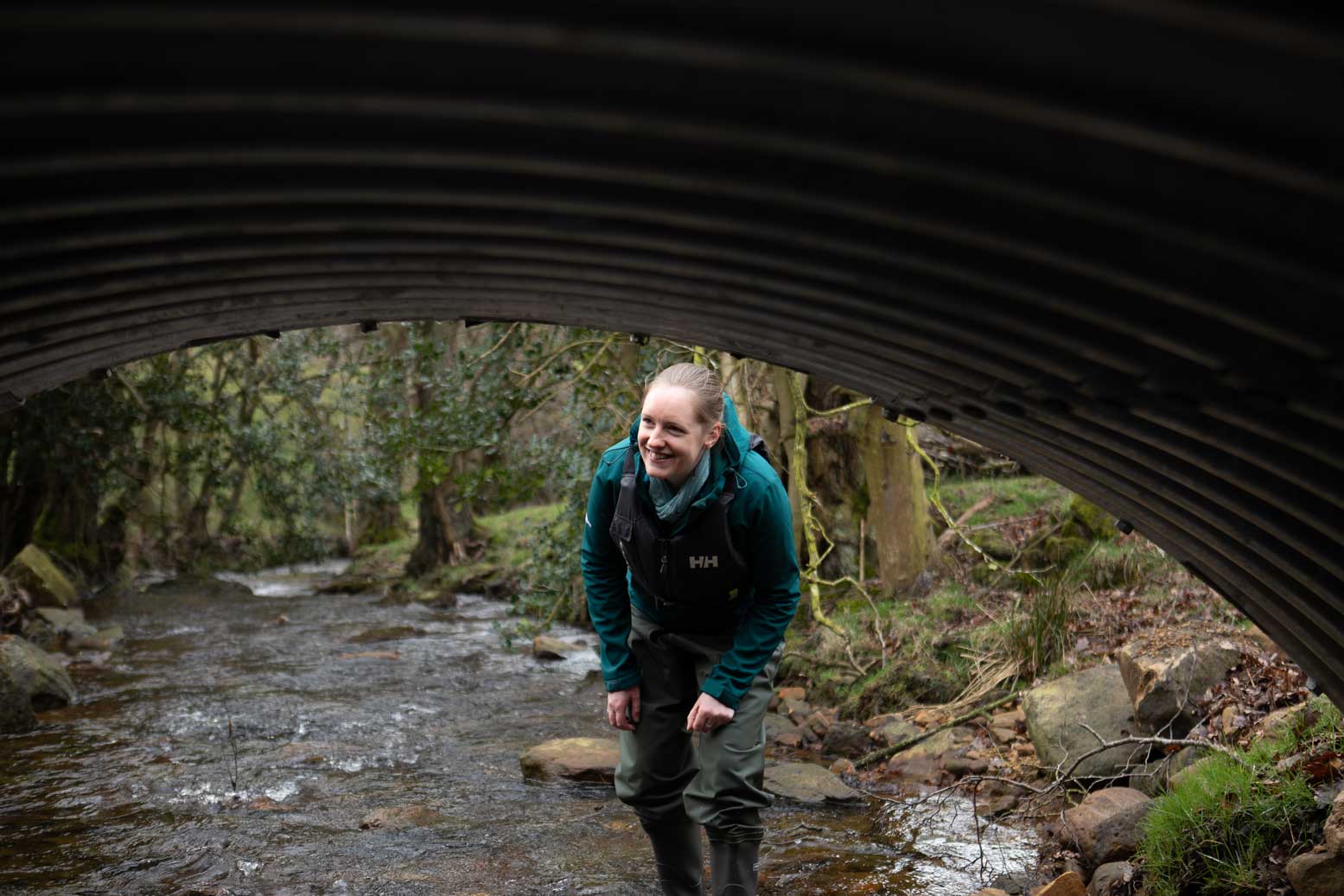In-stream obstacles
What?
Typical obstacles within watercourses include multi-barrel perched culverts, weirs and fords which impact on the river function. These structures artificially change water levels, contribute to habitat fragmentation, and reduce hydrological connectivity.
How?
Watercourses were assessed using walk over surveys to identify obstacles to fish passage. Feasibility work was undertaken to identify options for improvement providing the greatest water quality benefits. Relevant permissions were obtained for works and contractors appointed to undertake delivery of enhancement work.
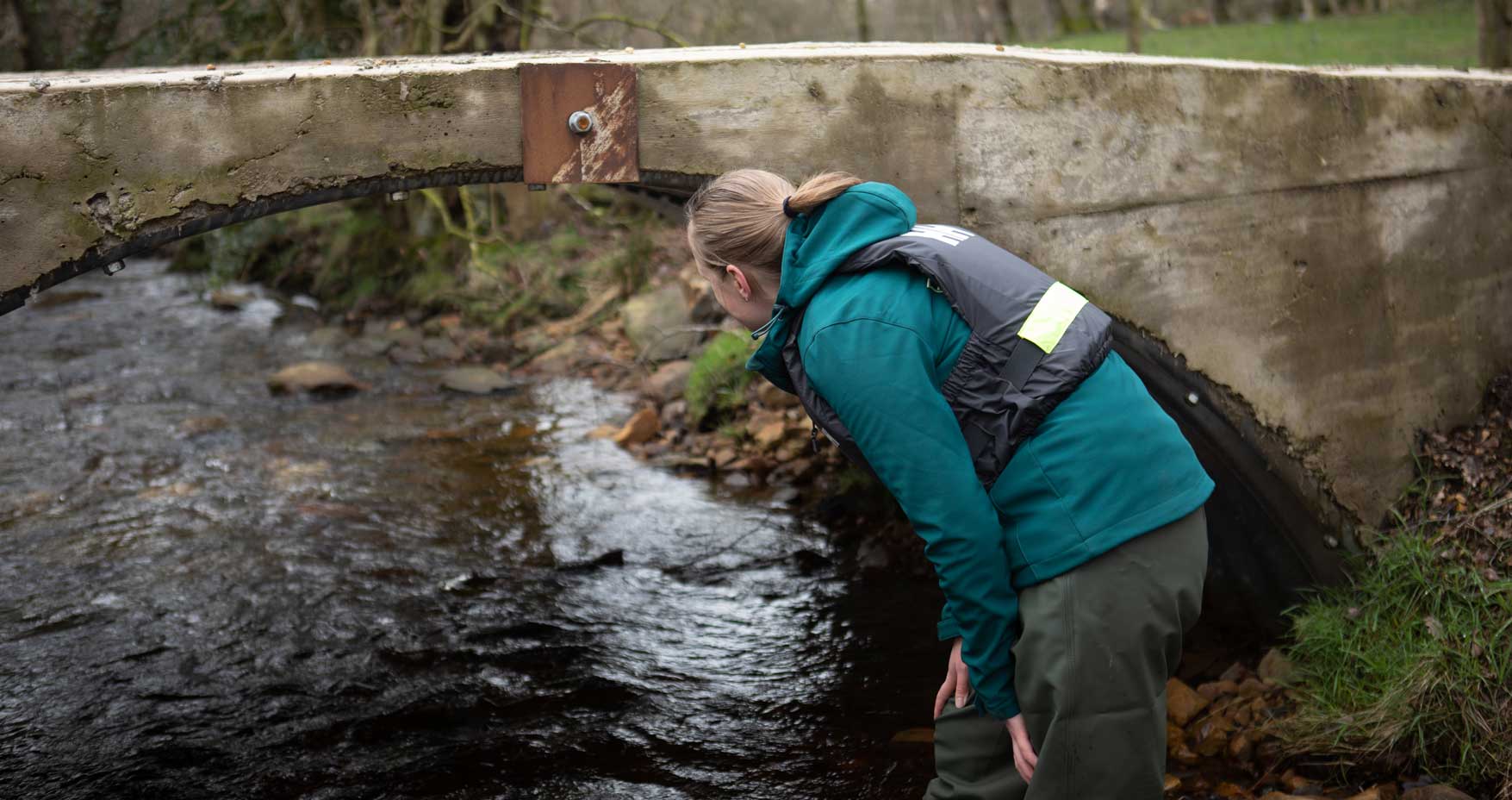
Why?
The work looks to restore ecosystem services and river processes to improve aquatic biodiversity and increase hydrological connectivity. Easing obstacles to fish migration increases the extent of headwater spawning sites resident and migratory fish, such as brown trout, can use to help support viable populations. Furthermore, enhancing the hydrological connectivity of the river enables natural processes to take place with unimpeded transport of cobbles, gravels and fine particles being dispersed along the water course and resupplying riffles and spawning sites downstream.
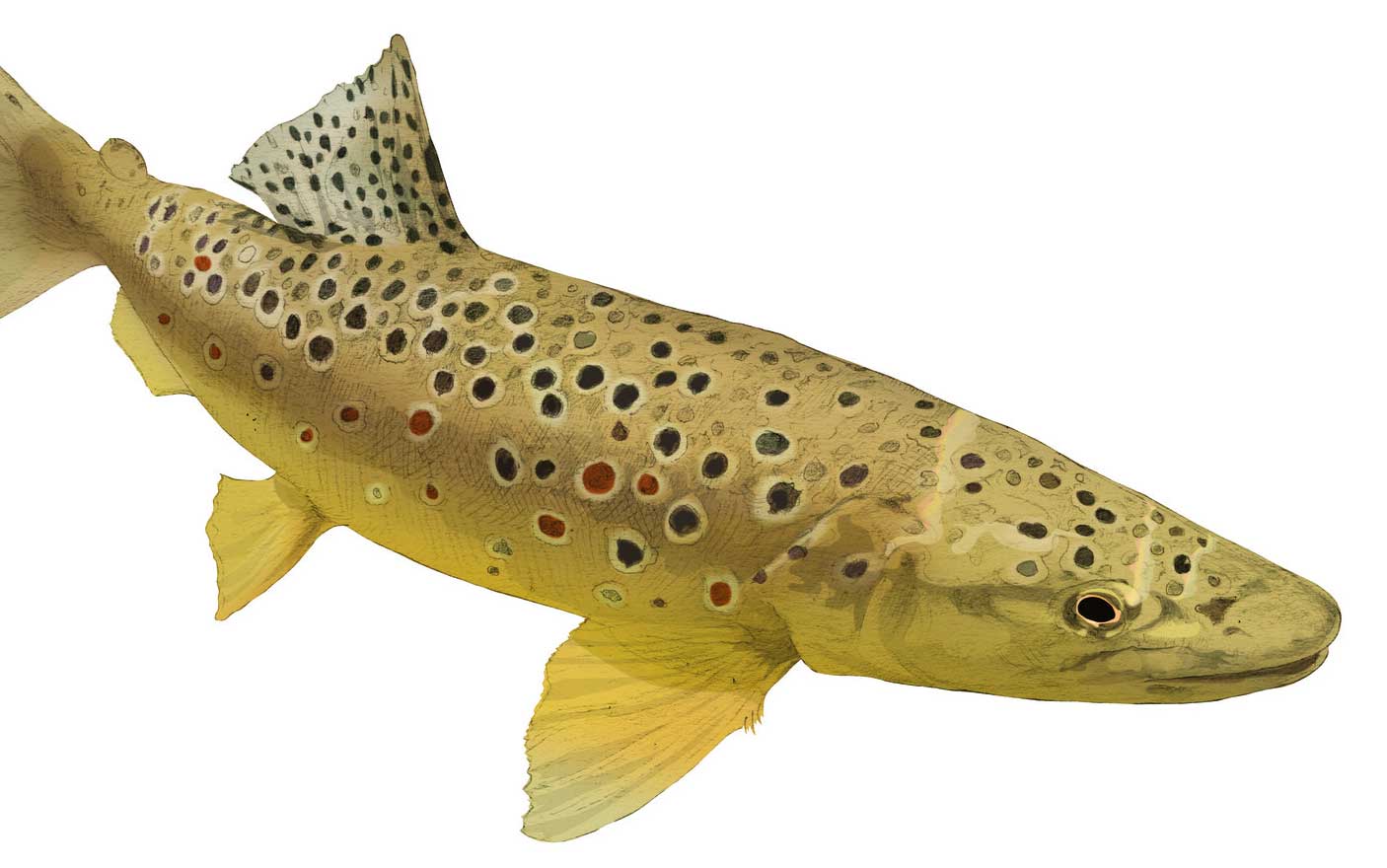
Natural flow management
What?
Natural flow management is related to building capacity into the landscape to provide increased resilience to drought and flooding. In conjunction, more natural processes are encouraged to increase connectivity to the floodplain, which will also improve habitat diversity.
Channels have often become overly deepened which disconnects them from the floodplain and can contribute to flashier river systems conveying water more rapidly downstream - natural flow management restoration works look to address these issues.
How?
There are several approaches to manage flow, including features placed within the channel itself or in the adjacent floodplain. In-channel works typically involve:
- introducing large woody structures which replicate natural windblown trees
- raising the bed channel to encourage direct reconnection to the floodplain
- re-meandering to increase channel sinuosity
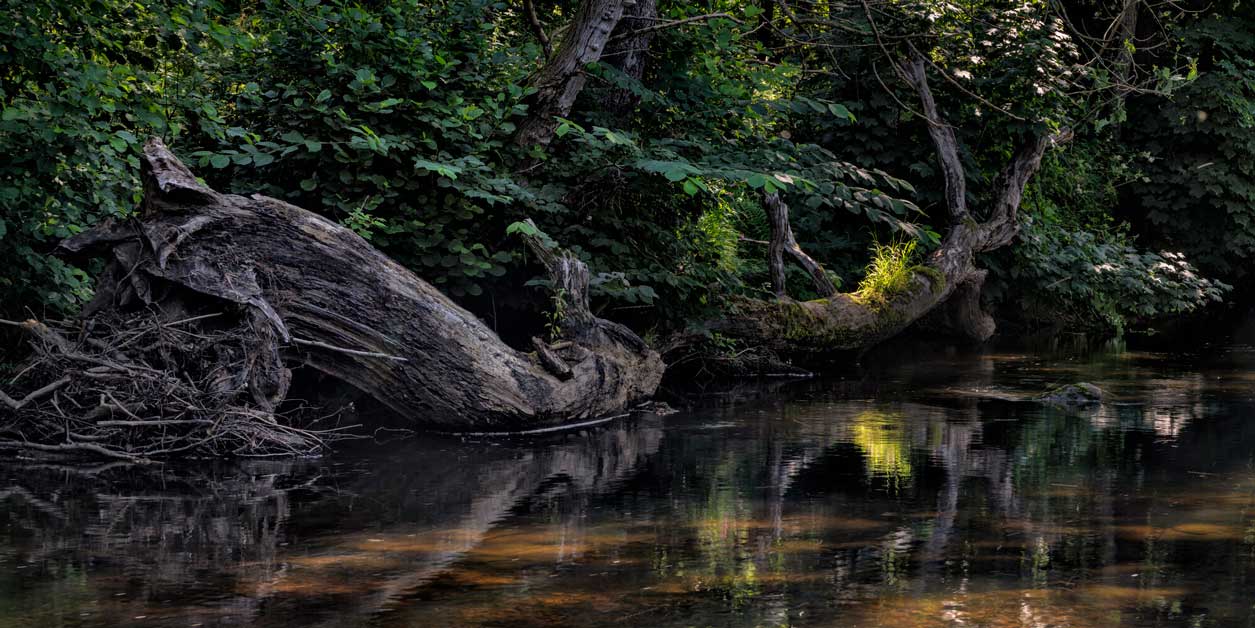
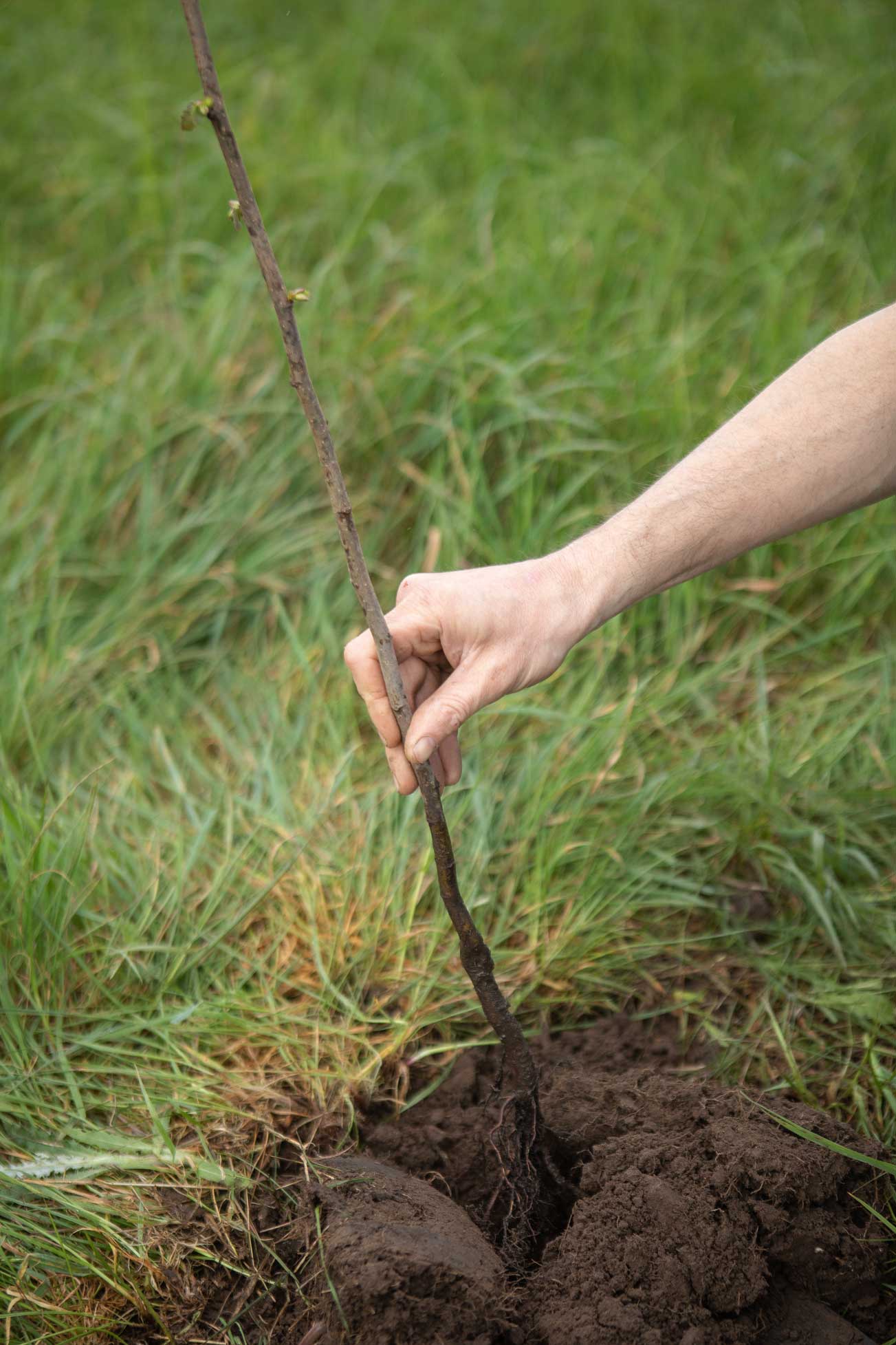 Within the floodplain, options include:
Within the floodplain, options include:
- installing barriers which work in a similar way to large woody structures
- reconnection to historic channels
- tree planting
Why?
Any intervention will look to reconnect to the floodplain to make the hydrological system more natural and restore typical processes, which enable storm flows to be dissipated in the floodplain so it can store water and gradually release this to reduce the impact of droughts.
Large woody debris increases channel roughness and adds diversity which slows the flow of water reducing peak flows while creating micro-habitats in the water for fish and invertebrates to benefit from.
These features restore and promote natural processes leading to improved sediment management. Channel re-meandering increases channel diversity and flow patterns, slowing the flow of water and reconnecting the watercourse to the floodplain helping to promote increased habitat provision with greater wetland availability and higher retention of water in the local area.

